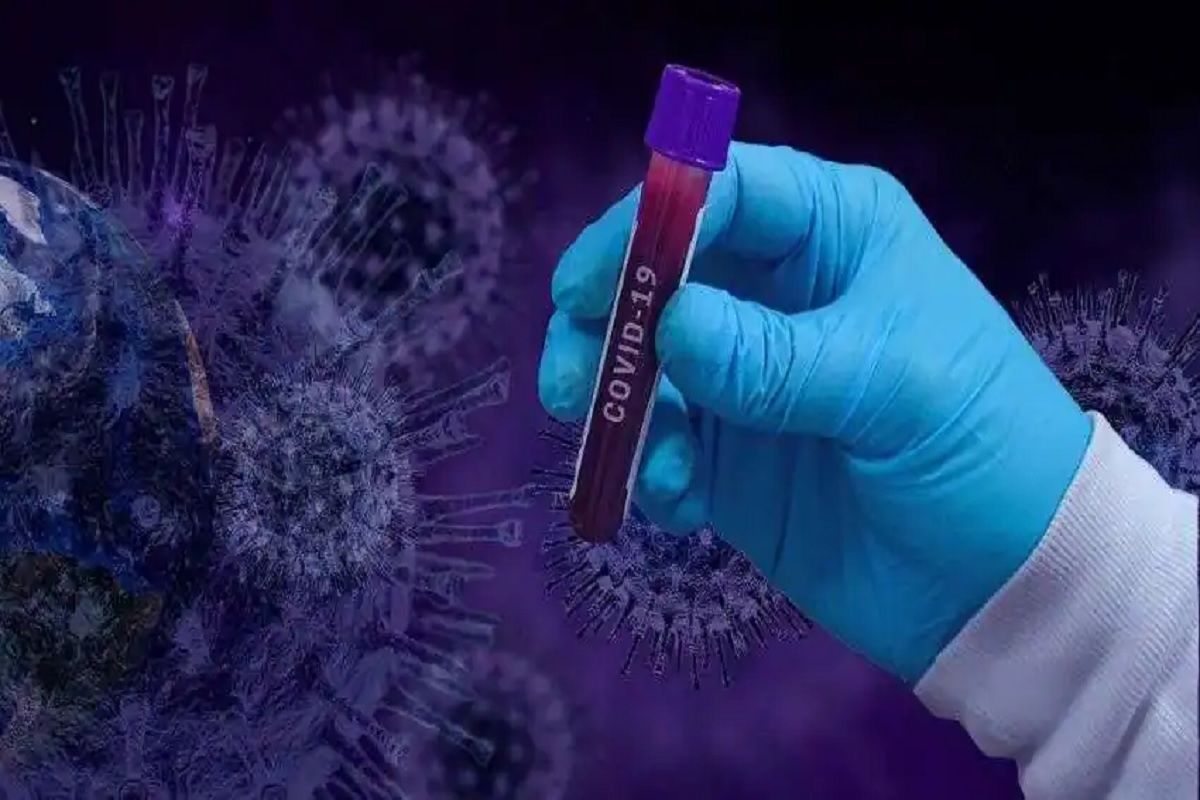Washington: Scientists in the US have developed a durable and safe-to-use coating that can kill Covid-19, the SARS-CoV-2 virus, E. coli and MRSA bacteria and various other pathogens within minutes.Also Read – Delhi Covid Update: 397 new cases, 5 deaths reported in last 24 hours
A coating developed by University of Michigan researchers killed 99.9 percent of microbes even after months of repeated cleaning and scrubbing on real-world surfaces like keyboards, cell phone screens and chicken-slathered cutting boards.
The coating could be a game changer in traditionally germ-infested public spaces like airports and hospitals, said Anish Tuteja, a professor at the University of Michigan.
“Disinfectant cleaners can kill germs in just a minute or two but they quickly disperse and leave surfaces vulnerable to reinfection,” said Tuteja, co-corresponding author of the research published in the journal Matter.
“We have a long-lasting antibacterial surface based on metals like copper and zinc, but it takes hours to kill bacteria. This coating offers the best of both worlds,” he explained.
The coating, which is clear and can be brushed or sprayed on, uses antimicrobial molecules derived from tea tree oil and cinnamon oil, both used for centuries as safe and effective disinfectants that work in two minutes, the researchers said.
The coating’s durability comes from polyurethane, a hard, varnish-like sealer that’s commonly used on surfaces like floors and furniture, they said.
“The antimicrobials we tested are classified as ‘generally considered safe’ by the FDA, and some are even approved as food additives,” Tuteja said.
“Polyurethane is a safe and very commonly used coating. But we did toxicity testing just to be sure, and we found that our particular combination of ingredients is even safer than many of today’s antimicrobials,” he added.
The results of the study’s durability tests indicate that the coating can kill insects for six months or more before its oils begin to evaporate and reduce its insecticidal power.
However, Tuteja said it can be recharged by cleaning it with fresh oil that is reabsorbed by the surface, starting the cycle again. Tuteja estimates that the technology could be commercially available within a year.
It has been licensed to Hygratek, a spinoff company that Tuteja founded with the help of the University of Michigan Innovation Partnership.
The main challenge in making the coating was to combine the oil and polyurethane in such a way that the oil molecules would do their germ-killing job by preventing rapid evaporation.
The team, including associate professor Geeta Mehta and materials science and engineering PhD students Abhishek Dhyani and Taylor Repetto, found a possible solution in cross-linking, a well-known process that uses heating to bond materials together at the molecular level.
The small oil molecules easily bind to cross-linking polymer molecules, creating a stable matrix, the researchers said.
However, to kill microbes, oil molecules need to penetrate their cell walls, which they cannot do if they are tightly embedded in the matrix.
Eventually, they found a middle ground by partially cross-linking the material—just enough to keep some molecules free to do their work, but keep others tightly bound to the polyurethane.
“There was some trial and error, but we eventually found that just cross-linking some oils did what we needed,” Tuteja said.
“The free oil tends to stay with the cross-linked oil in the matrix, helping the coating last longer,” he said.
Once the basic recipe was set, the researchers set out to find a combination of active ingredients that would kill the various types of insects that most troubled humans.
To identify a representative sample of microbes, the team found a precise balance of antimicrobial molecules that were effective, safe and inexpensive.
Tuteja noted that the team’s understanding of the properties of individual ingredients enables them to modify formulas for specific applications or rebalance antimicrobial agents to kill specific microbes.
“Our goal has never been to develop just one coating, but rather to develop a library of underlying material properties from which to draw,” Tuteja said.
“If we can understand those properties, we can develop coatings to meet the needs of specific applications,” he added.
